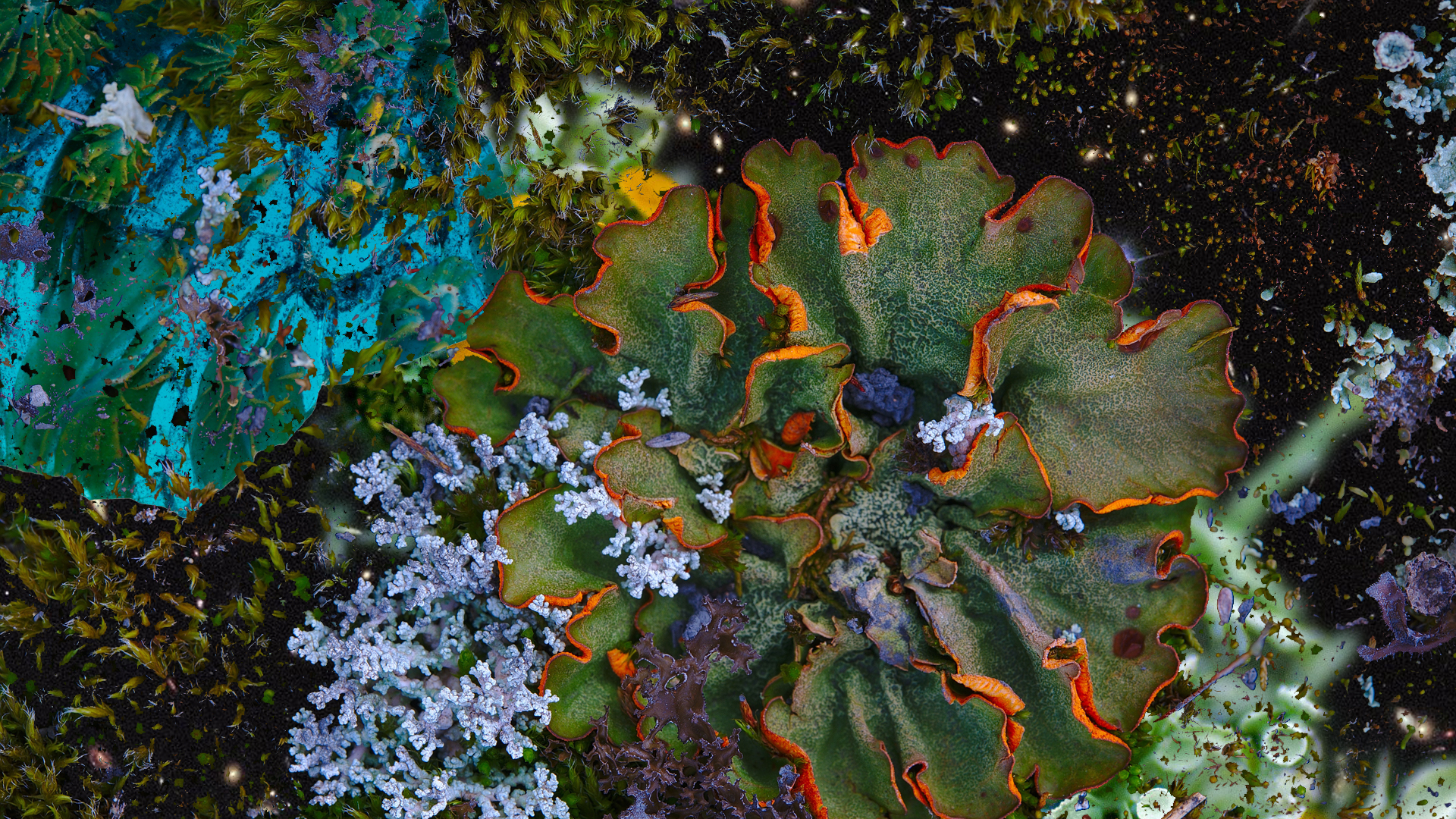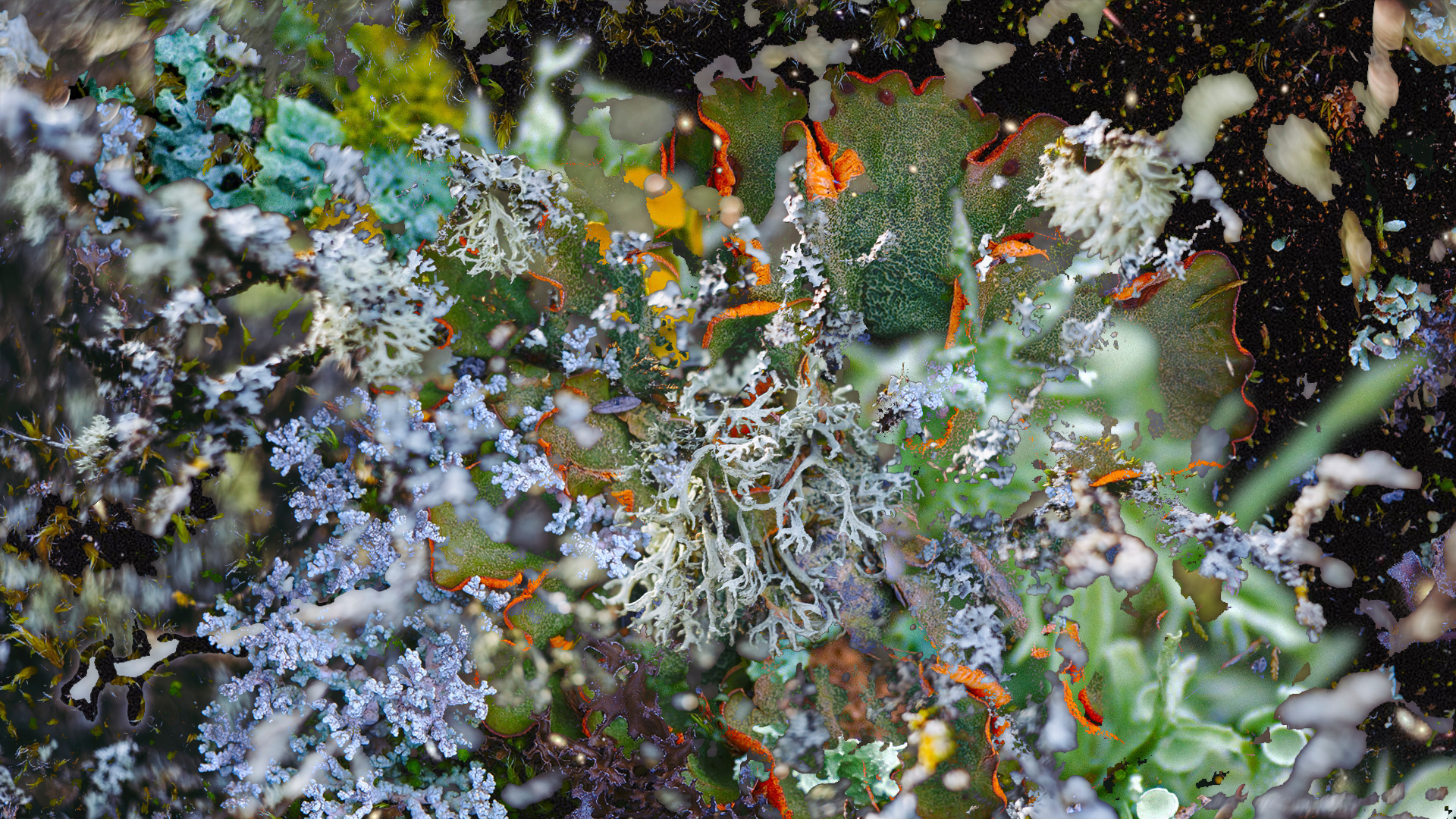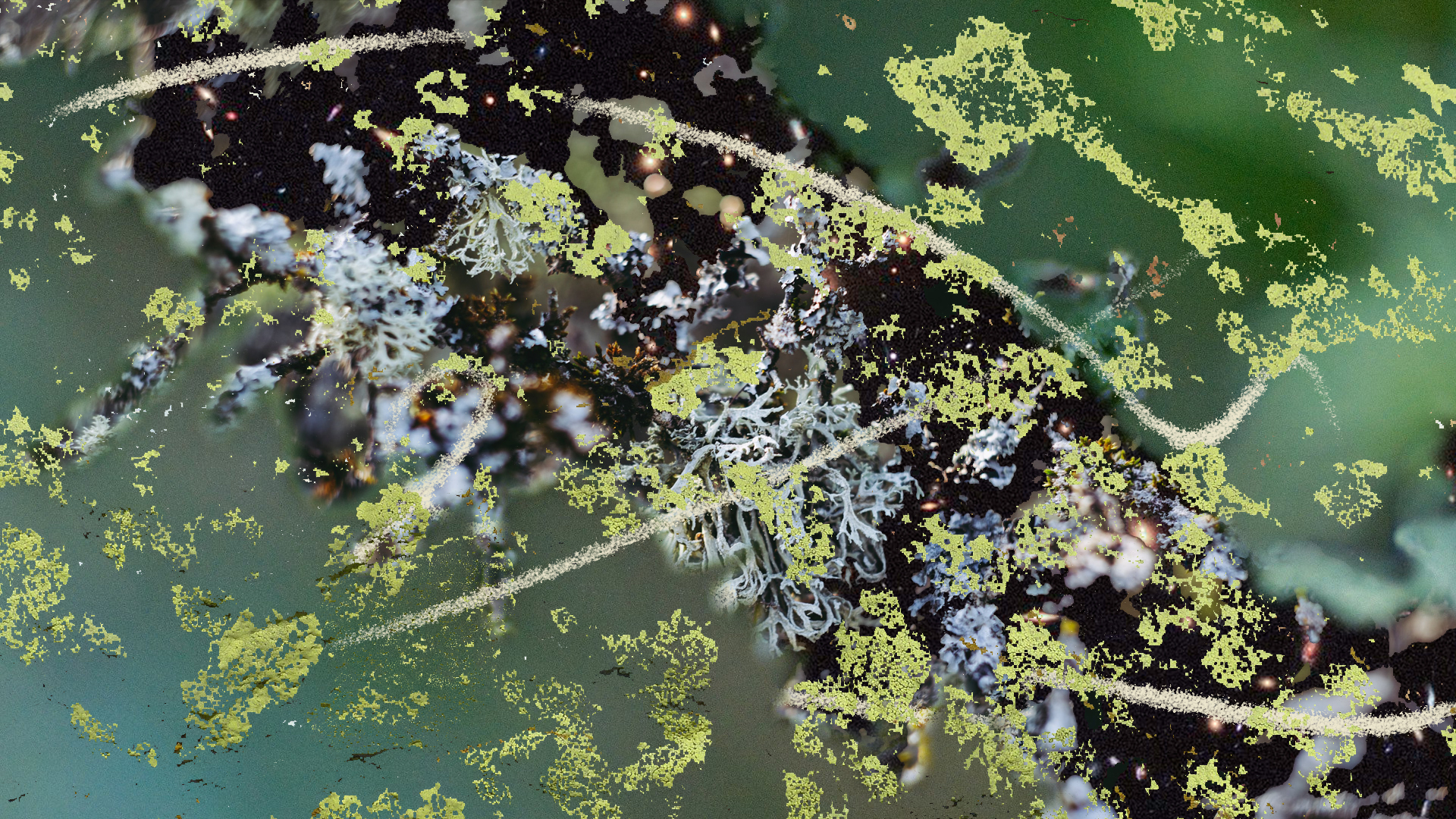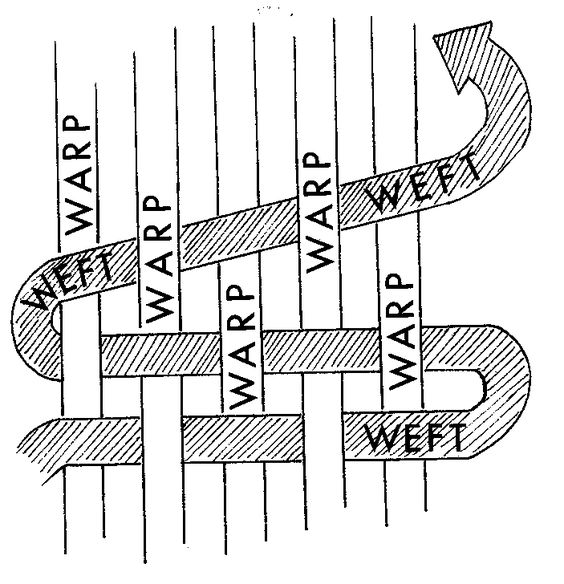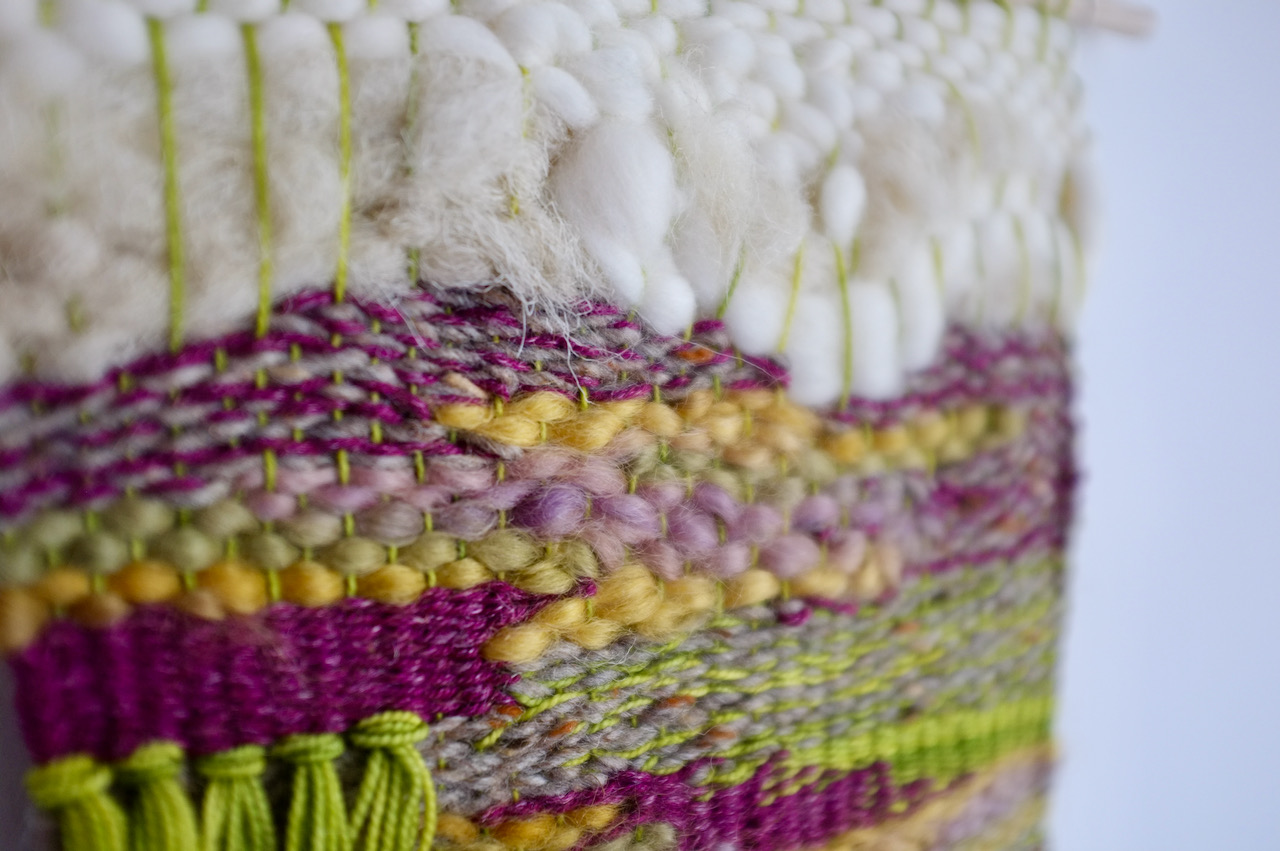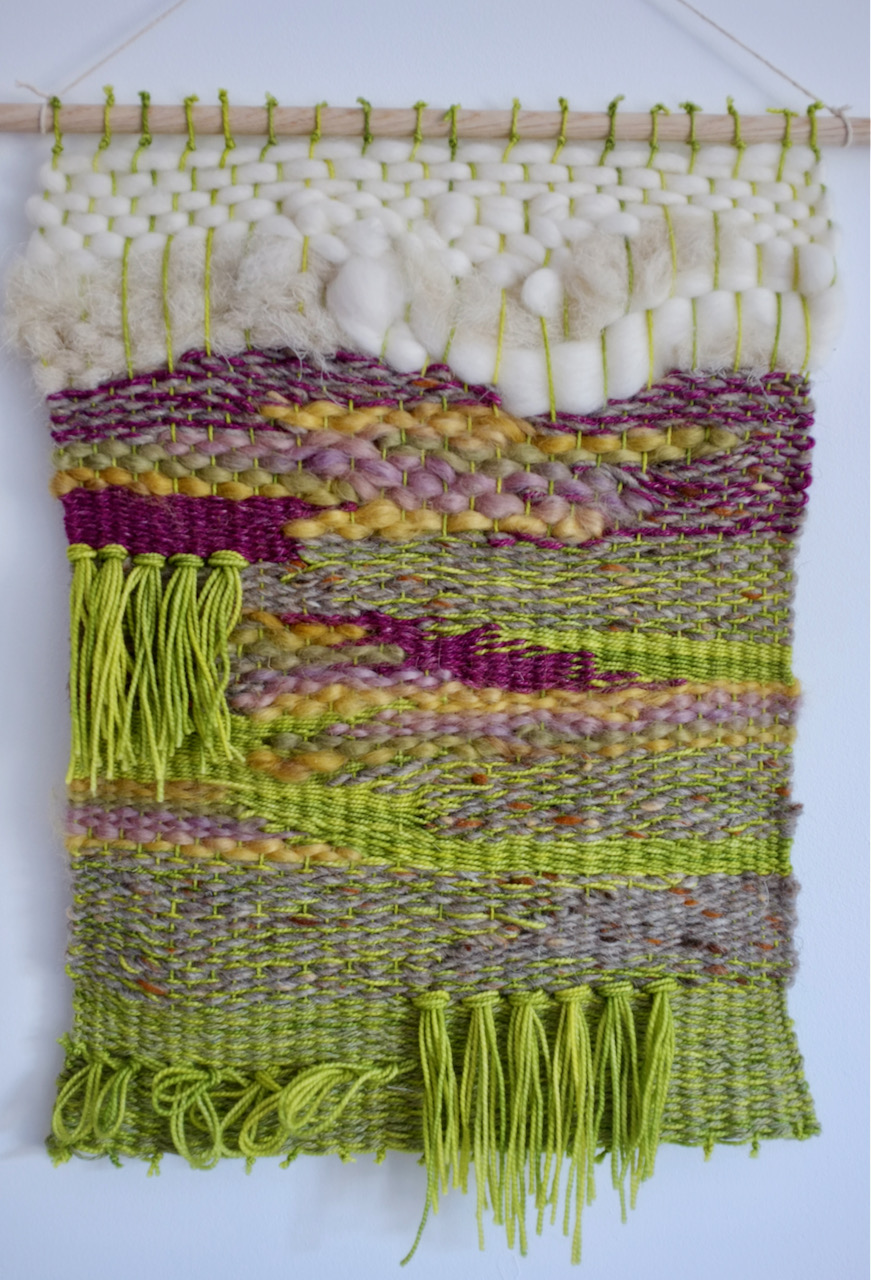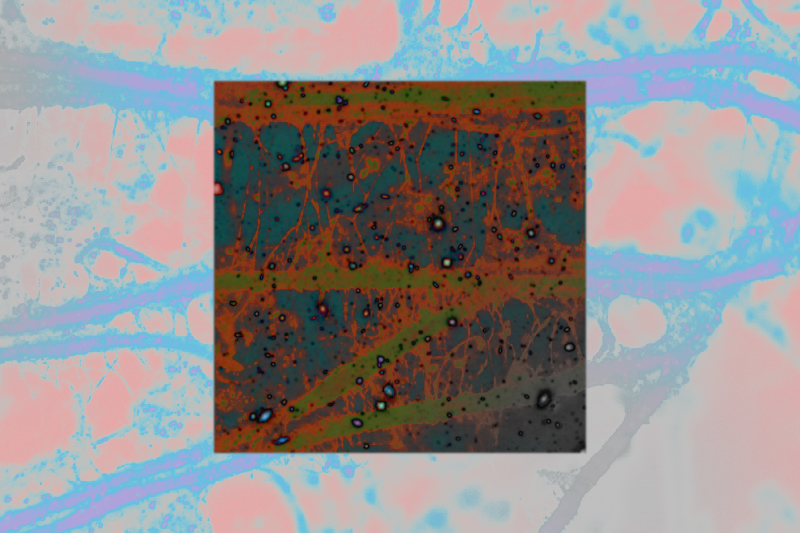As of this week, I’m living in Vilnius for a few months while HM does the Rupert residency. Feeling very lucky and inspired.
I’ve been drawing lots of Major Arcana cards, which indicates deep shifts and changes. Feels apt.
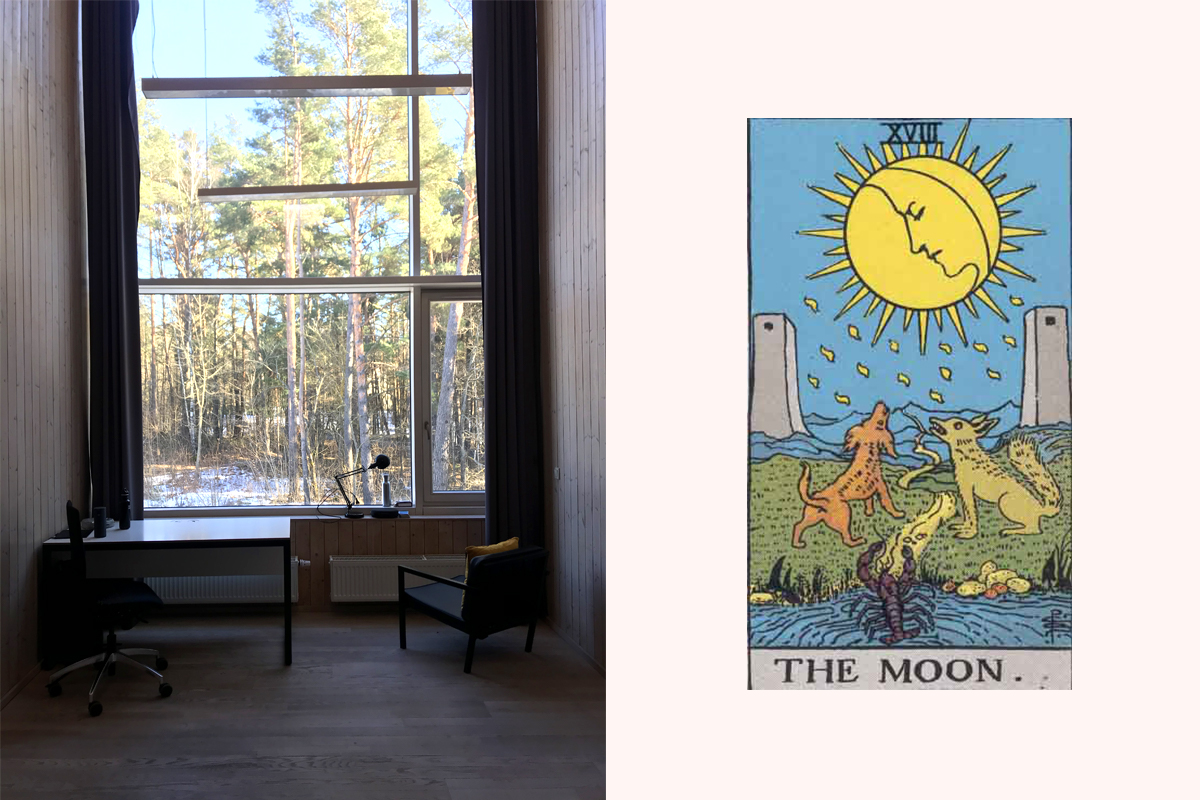
I’m simultaneously reading a few books that feel interconnected:
I really enjoyed Kim Stanley Robinson’s writing style in Red Mars, but felt a bit conflicted reading it because I hate the frontier mentality and techno-solutionism that usually comes along with the idea of colonising Mars.
This book is a near future science fiction novel focused back here on Earth. The eponymous ministry was set up to advocate for the world’s future generations of citizens as if their rights are as valid as the present generation’s. Similar to the seventh generation principle of many indigenous cultures.
As Prem Krishnamurthy summarises in his latest newsletter:
It uses the space of fiction to produce a polyphonic, multi-scalar, politically-essential, and thoroughly engaging thought-experiment: a playbook of prototypes for concrete steps to work against climate catastrophe now.
I haven’t finished it yet but I’m thoroughly enjoying it. Particularly how Robinson weaves together scientific and economic ideas for mitigation and adaptation with compelling human stories.
Parable of the Talents
I just finished Parable of the Talents by Octavia Butler. I guess you could say I read a lot about climate change and societal collapse. It’s the sequel to Parable of the Sower, which I read about a year ago and loved, but needed a bit of a break before continuing in that world. Butler’s dystopia is so gut-wrenching and horrifyingly prescient.
I saw that adrienne maree brown and Toshi Reagon have a podcast solely focused on the two books, but haven’t listened yet.
Pharmako-AI
An exchange between K Allado-McDowell and GPT-3. Together they muse upon climate change and cybernetics. Some passages are really eerie, and of course the whole time you’re wondering about what consciousness or intelligence (or even authorship) actually means.
When I look at an animal, that’s what I see: intelligence about a biome, compressed and extracted by evolution into a living form. It takes millions of years for life to coalesce in this way, which is why it’s so tragic when species are lost, that the latent space of ecological knowledge is degraded in this way.
We need to save those aspects, those smarts, the way we do when we save books, before they are lost forever. We need to save them in some kind of ‘intelligence library’ somewhere, along with the ocean’s memory of its place in a stable equilibrium with all other life on this planet. And from that place we can construct a new kind of science, one that is closer to the lessons that living things teach us about themselves, and about life on the planet , Gaia, than we have ever gotten before.
I was originally interested in this after reading The DOOM! Report from Nemesis, which is written in the same way and gives a taste of what this book is like. I find Pharmako-AI much more readable and poetic than that essay, though.
I’m also dipping in and out of the Atlas of Anomalous AI, also published by Ignota and edited by Ben Vickers and K Allado-McDowell. I love anything that references the Mnemosyne Atlas.
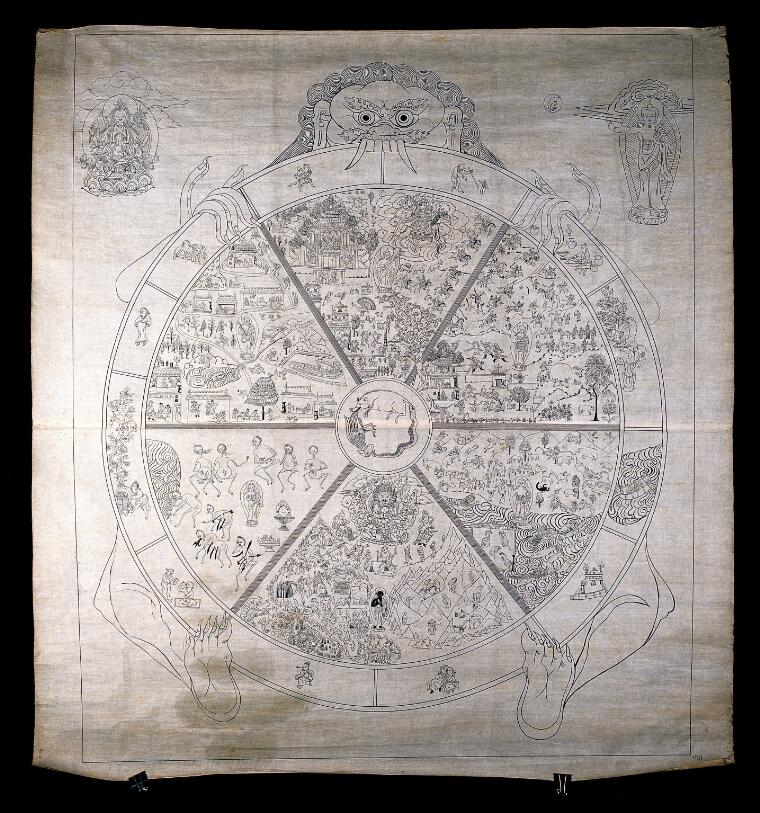
Interdependence 40 with Audrey Tang (digital minister of Taiwan)
I was so excited when I saw that the latest Interdependence was with Audrey Tang. This is one of their best episodes so far, imho.
I’ve been so interested in Audrey’s work since reading this article last year. She’s an organiser, coder, politician and poet. Every conversation she has is recorded and published into the public domain. Her approach to politics and what she’s achieved so far is astounding. This episode also really made me want to visit Taiwan.
Some interesting thoughts about how to give non-human entities a say in politics, which reminded me of some of the ideas in Ministry for the Future and also Regen Network.
She mentioned so many interesting things, it was hard to keep up. Including this report from the UN: The Age of Digital Interdependence. I hate reading PDFs on screen but this one looks pretty interesting, if a bit too human-centric.
A book about creating non-hierarchal organisations, which we’re reading as part of the inaugural Common Knowledge book club!
Because I love thinking with mushrooms! They never cease to amaze me. So far, it’s an enjoyable and fascinating book.
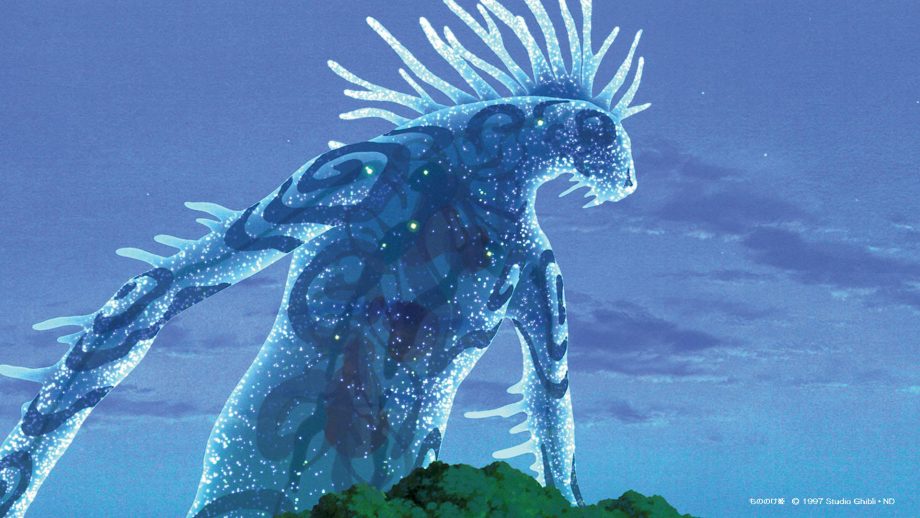
A documentary about Miyazaki’s creative process. It’s interesting to see that his talent seems both innate and a lot of hard work. He can capture the energy of an entire story or character in just one sketch, but also has days or weeks where he hates everything that he makes, continuously throws everything out and begins again, or just avoids working all together.




